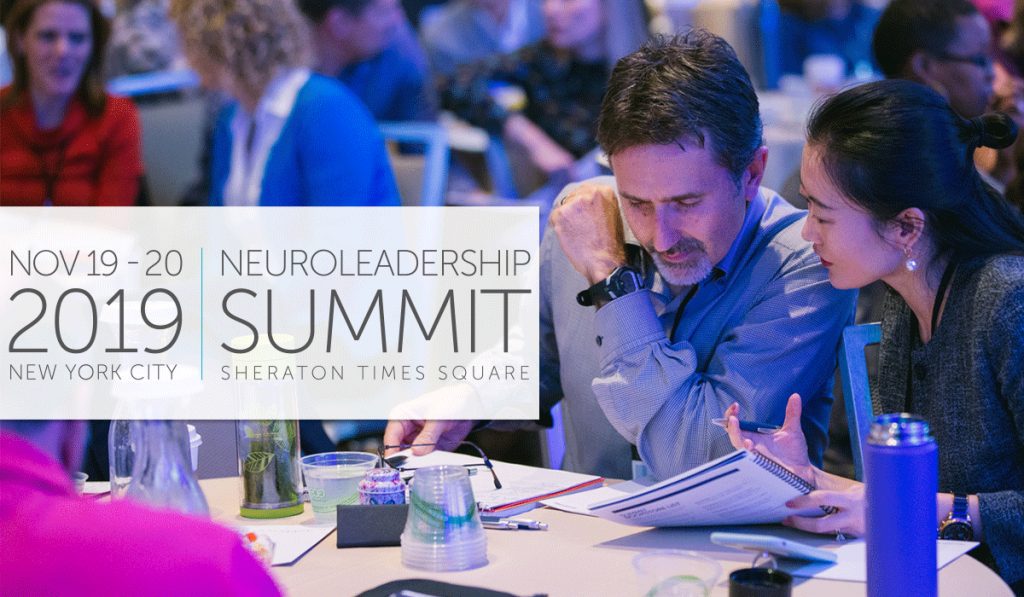Just 34% of employees are currently engaged at work, according to recent data, leaving many leaders scratching their heads in confusion. They, like you, may ask themselves: What’s missing?
At this year’s NeuroLeadership Summit, top scientists and business leaders will discuss one set of solutions, in a session called “Connect Better: Leveraging the Common Currency of Human Interactions.” The session will introduce the concepts of social threat and reward to show how everyday interactions can become either moments of fulfillment or dread just by the words and questions people use with one another.
For years, NLI has classified these concepts according to the SCARF® Model, a five-part framework comprised of the social domains status, certainty, autonomy, relatedness, and fairness. They refer to people’s source of reward and motivation. Some employees may require the freedom to get work done independently (autonomy), while others merely care that they’re treated as equals (fairness).
At this year’s Summit, panelists will explore how our behavior is guided in this way — and how leaders can leverage this finding to improve everything from designing products to delivering better change management, to understanding engagement, to thinking about inclusion, to improving everyday conversations.
They’ll tackle questions such, as:
- What really motivates people at work?
- What are the different domains impacted by understanding social motivation?
- How is this going to help me be a better leader or change agent?
Visit the summit.neuroleadership.com to learn more about this and other sessions we have planned.






